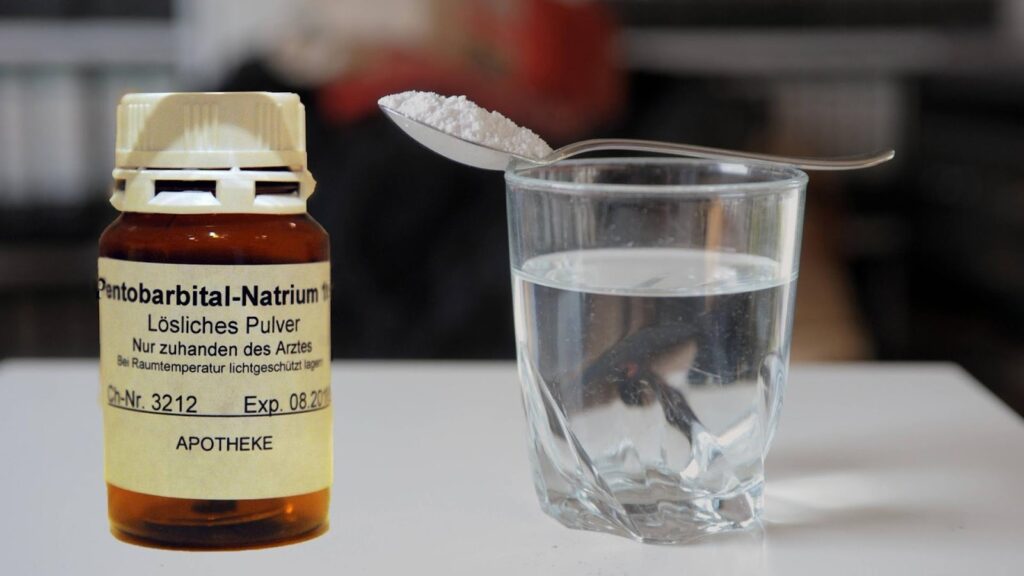
The side effects of pentobarbital are a major reason why this barbiturate has become tightly regulated in modern healthcare. As a central nervous system depressant, it produces sedation, hypnosis, and anesthesia depending on the dose. Common side effects of pentobarbital include dizziness, drowsiness, and impaired coordination, all of which can interfere with daily activities. More concerning reactions involve respiratory depression, low blood pressure, and slowed heart rate when used at higher doses or without supervision. Long-term use can also lead to tolerance, meaning the body requires larger amounts for the same effect, which in turn increases the risk of dependence and overdose. By understanding the side effects of pentobarbital, patients and healthcare professionals are better equipped to weigh the risks against the benefits.
Pentobarbital Natrium and Its Medical Applications
The term pentobarbital natrium refers to sodium pentobarbital, the salt form of the compound designed for injection. This form is more soluble and is used in both medical and veterinary contexts. Historically, pentobarbital natrium was employed as a short-acting anesthetic and sedative in human medicine, though its use has diminished significantly as safer alternatives emerged. In veterinary medicine, pentobarbital natrium remains important, particularly in anesthesia and euthanasia procedures, because of its reliability and rapid action. Its administration requires precise calculation of dosage, as even small miscalculations can lead to severe adverse effects. The use of pentobarbital natrium underscores both its clinical value and the need for careful regulation.
Severe and Long-Term Side Effects of Pentobarbital
Beyond the more common reactions, there are severe side effects of pentobarbital that highlight the dangers of unsupervised use. Overdose can result in coma, profound respiratory suppression, cardiovascular collapse, and even death. Long-term exposure can alter brain chemistry, leading to dependence and withdrawal symptoms if the drug is abruptly stopped. Withdrawal can include anxiety, tremors, seizures, and in extreme cases, life-threatening complications. Because of these risks, pentobarbital is rarely prescribed for long-term management of conditions like insomnia, despite once being a popular option. The severe side effects of pentobarbital remind us why this medication is only used in limited, highly controlled settings.
Pentobarbital Natrium in Veterinary Practice
In veterinary medicine, pentobarbital natrium has maintained a central role due to its consistent effectiveness. Veterinarians use it for surgical anesthesia in certain procedures and more commonly for humane euthanasia, where it ensures a peaceful and painless process. The reliability of pentobarbital natrium makes it a trusted tool in this field, but it is handled exclusively by trained professionals. Regulation ensures that it is stored, administered, and disposed of properly to avoid misuse. Its presence in veterinary medicine demonstrates how an older drug with significant side effects in human contexts continues to serve vital purposes where alternatives may not be as effective.
Balancing Risks and Uses of Pentobarbital Today
The discussions around the side effects of pentobarbital and the role of pentobarbital natrium reveal a complex balance between benefit and risk. While its sedative and anesthetic properties make it effective in both medical history and ongoing veterinary practice, its potential for dependence, overdose, and severe reactions has led to strict regulation. For patients and practitioners, awareness is critical: understanding its dangers ensures responsible decision-making and safer outcomes. Pentobarbital today is no longer a common prescription drug for humans but remains a reminder of how medical practice evolves to minimize risks while preserving therapeutic value in specialized areas.
Leave a Reply